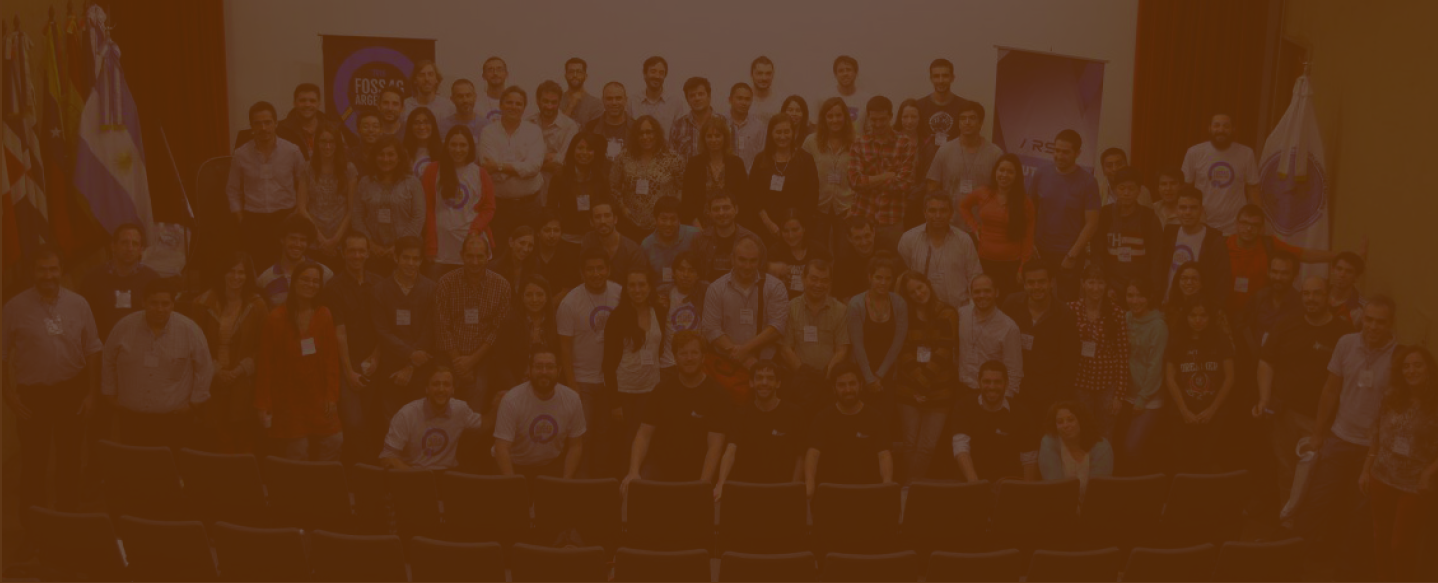Markus Neteler
Markus Neteler is co-founder of mundialis in Bonn (https://www.mundialis.de/). His main interests are Earth observation, geospatial analysis of massive amounts of data and development of free and open GIS, especially GRASS GIS.
Sessions
„Hello, my name is actinia. Some of you might know me already. I became an OSGeo Community Project in 2019 and my first appearance on a FOSS4G conference was in 2018 where I was presented in a talk. For those of you who do not know me yet - I have been developed to exploit GRASS GIS functionality via an HTTPS REST API with which GRASS locations, mapsets and spatio-temporal data are available as resources to allow their management and visualization. I was designed to follow the purpose of bringing algorithms to cloud geodata, the daily growing big geodata pools in mind. I can be installed in a cloud environment, helping to prepare, analyse and provide a large amount of geoinformation. But also for those who do know me already - do you know the details about what happened the last 2 years? A lot! Usage of interim results, helm chart, enhanced exporter, monitoring of mapset size, QA enhancements and a split of my plugins including module self-description of more than 500 modules are some key words to just name a few. With the ongoing development of the openeo-grassgis-driver, you can talk to me either in my native language or via openEO API. I would also like to tell you some interesting facts about me interacting in different projects. So come on over!“
CORONA is the code name for the first optical reconnaissance satellite mission of the United States (1960-1972). The goal of the mission was to produce high-resolution analog photos of most of the Earth’s surface, especially of political hot spots and military locations. Due to the regular recordings, large areas could be continuously monitored and evaluated for the Department of Defense. Until 1995, more than 800,000 photos remained secret and were then made publicly available by the US Geological Survey on the order of President Bill Clinton. The high-resolution CORONA photos (2 m to 60 cm pixel resolution) are available as scans for a fee from the USGS and represent a unique source of information for science, archaeology and other disciplines. Since the camera systems of the CORONA satellites have a special panoramic distortion, common linear methods cannot be used for the orthorectification of the scans. mundialis has developed an innovative free and open source technology to rectify these unreferenced scans of CORONA photos to current map references and published it in GRASS GIS 7.9. This photogrammetric solution models the CORONA camera mathematically and thus enables a precise referencing of the CORONA data. In many parts of the world, the CORONA scenes have preserved images of a landscape that predates the most intrusive infrastructural and land-use projects of modern times. Traditional architecture, agricultural patterns and settlement systems can be observed in great clarity on CORONA imagery. This makes CORONA a precious resource in fields such as archaeological and historical geography.
The growing abundance of Copernicus Sentinel Earth Observation data has triggered community- and project-driven development of a set of tools to exploit its potential using GRASS GIS. This talk will give an overview of the existing functionalities, current developments, and application examples: The i.sentinel toolset allows for querying Sentinel data coverage for a region of interest, downloading from various data sources, importing into GRASS GIS, performing atmospheric and topographic correction and cloud/shadow masking. Preparation of data for multitemporal analysis is made possible in the t.sentinel and t.rast.mosaic extensions by automatic creation of space time raster datasets (strds) and temporal aggregation to achieve up to cloud-free temporal mosaics. Furthermore, a dedicated add-on based on ESA’s SNAP software handles Sentinel-1 SAR data preprocessing (radiometric calibration, speckle-filtering, geometric terrain-correction) and import. In all add-ons, effort is put in parallelization wherever possible to speed up the processing times of heavyweight Earth Observation data. This toolset allows the use of the entire range of GRASS GIS functionality for image analysis in various applications. We show use case examples for nationwide landcover classification, small-scale forest monitoring, flood mapping and more.

